A kettle is purchased once every few years and is used daily, so a bad purchase can result in years of inconvenience or the need to purchase a new device, taking into account previous mistakes. To help you avoid this, we'll cover common problems encountered by electric kettle users.
Advice to choose a kettle only with auto shut-off, a disc heating element, a stand with rotation on the base and overheating protection is no longer relevant, since these functions are present in most modern models.
Buy a noname kettle made from low-quality materials
If you see such a kettle in person and hold it in your hands, you will immediately understand that the plastic is flimsy, the glass is thin, and the assembly leaves much to be desired. However, when buying online, even the most low-quality device can look good in the picture, and sellers will try to highlight its “advantages” and offer an attractive price.
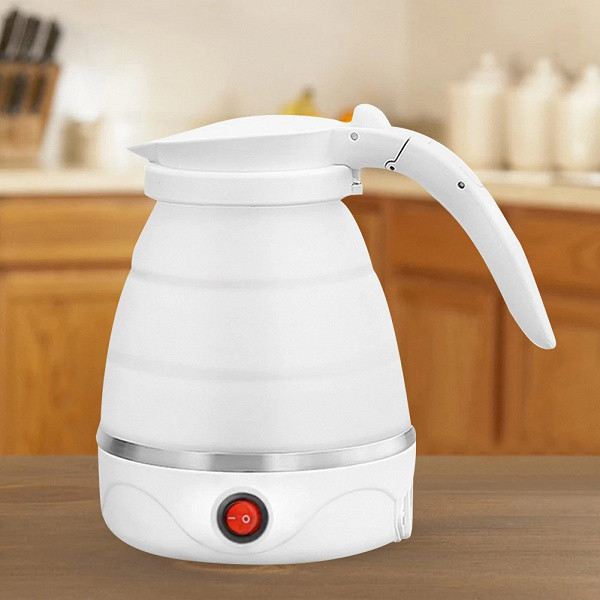
Among the unpleasant consequences of using a cheap kettle of unknown origin, one can note a fire hazard (for example, an unsuitable electrical cable, lack of protection against overheating, turning on without water or even automatic shutdown), an unpleasant odor (most often coming not from plastic, but from a low-quality silicone seal), possible harm health from poor quality plastic, rapid violation of the integrity of the body and leakage. Most often, teapots begin to leak in the area of the water level scale and the junction of the body and the bottom.
When purchasing, you should focus on several points, in addition to the brand name (there are, of course, reputable manufacturers). For example, if a manufacturer uses a Strix contact group, heat-resistant Schott glass, double-walled housing, and a rubberized soft touch handle, then this may indicate a responsible approach to quality.
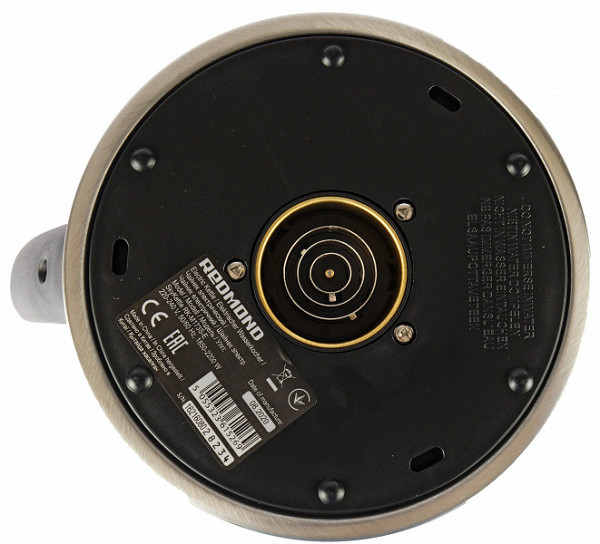
Choose a kettle only according to aesthetic criteria
Beauty and style are important, but the finest retro kettle may be difficult to use: have an awkward spout or grip, be too heavy, or lack the necessary features. Glass teapots can get very hot, and glass models with an infuser inside can be stained by the tea and require regular cleaning.
It is better to decide in advance which material you prefer. Heavy but aesthetic glass, lighter plastic (and always of good quality, since it is better not to buy plastic kettles in the lowest price category), stainless steel (if matte and coated, then it will not even collect fingerprints) or ceramics, which It is beautiful and retains heat for a long time, but it takes a very long time to boil. The heavy glass bulbs of cheap teapots often fall off the plastic handles (or vice versa), which can be dangerous. Therefore, it is important to consider all these points when choosing a kettle.

Buy a kettle, and not another device with a boiling water function
Perhaps what suits you is not a kettle, but a thermopot, which always has hot water, or a hot water dispenser. The dispenser quickly prepares one portion of boiling water without wasting extra energy and time. In addition, it does not boil the same water several times, as happens with kettles, if you do not refresh the water each time, which is more environmentally friendly.
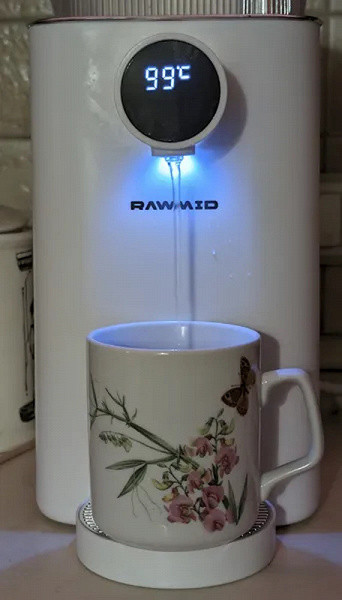
Assume that no additional functions are needed
Adjusting the temperature may seem like a marketing gimmick until you start studying the instructions for brewing different types of tea — white, mate, red, green, etc. True gourmets who follow precise temperatures of 70, 80, 85 degrees are not so much. However, if you do not like scalding drinks, if you need hot water for brewing tea bags or preparing instant drinks, then the temperature control function will be useful. And if the kettle supports a wide range of temperatures and can bring water up to 40 degrees, this will be useful for preparing baby formula (from already boiled or bottled water).
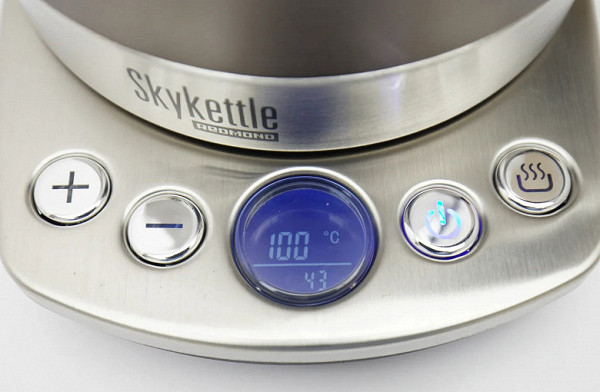
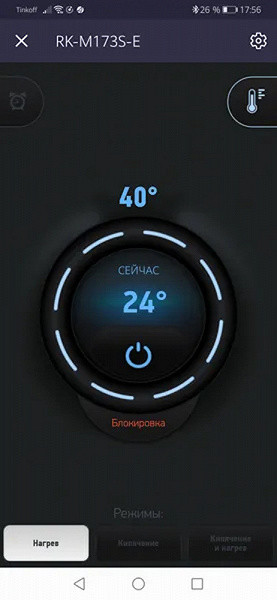
The auto-heating function is difficult to overestimate: it is very convenient, but it is important that it can be turned off. Also useful are double walls with a vacuum between them, which retain heat without the use of electricity (heating mode).
The touch controls located on the handle and stand are convenient, but there is a risk of accidentally changing the settings on the handle. Additional features such as a display, child lock, remote control from a smartphone, a memory function for the last selected temperature and an insertable infuser make the kettle more functional. In the third decade of the twenty-first century, all these functions no longer have such a strong impact on the cost of the kettle; price is often determined by brand policy. Sound signals can be annoying, so it's good if you can turn them off.
Choose the highest power kettle
A kettle with a power of 2400-3000 W will boil water faster than standard models with a power of 1700-2000 W, but can knock out plugs, especially if the wiring is not designed for high loads or when other devices are turned on at the same time.
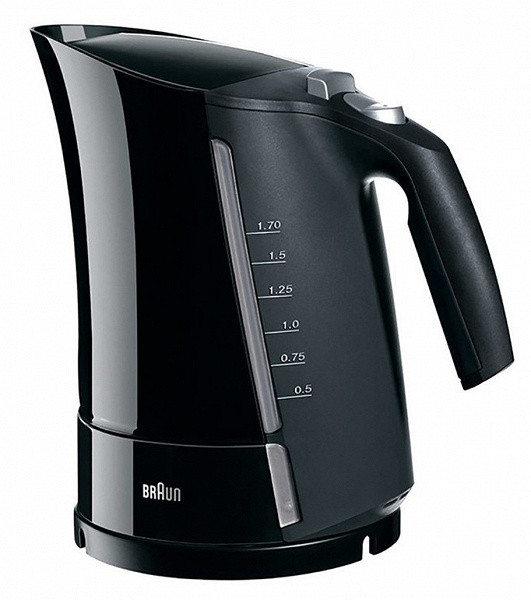
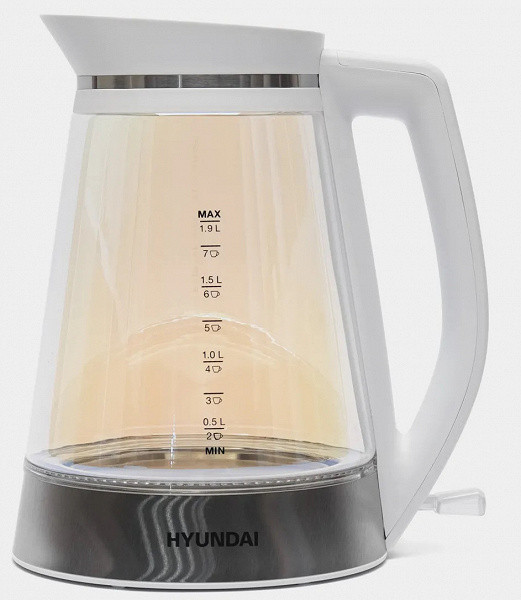
Ignore ergonomics and comfort
There are several important points, including the ease of grip, which can only be checked when buying in a store, taking the kettle in your hand and imagining that it is full. It is also recommended to pay attention to the shape and size of the neck, lid and spout.
It is convenient to pour water into the kettle if the lid can be folded back or removed well and the neck is wide enough. This is especially important if you do not use bottled water or a stationary filter with a separate tap, but a filter jug. Some models allow you to pour water directly through the lid. We tested this kettle and came to the conclusion that it is quite convenient.
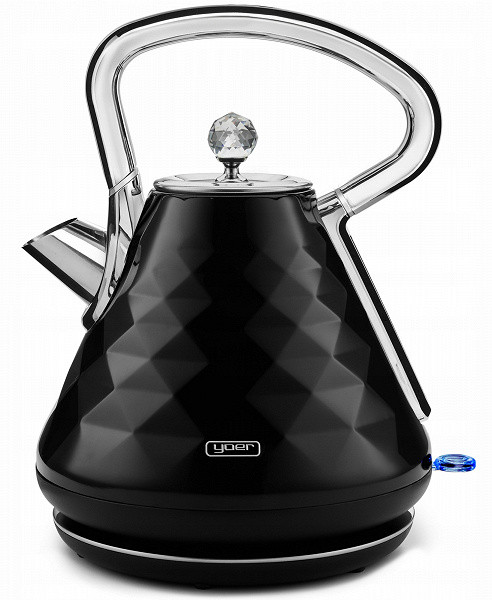
There are models of teapots where the opening is carried out by a button, there are lids with comfortable handles, as well as with a folding spring mechanism (however, in cheap low-quality models such lids quickly break). There are also kettles with completely removable lids, where there is no special mechanism for easy opening (which can be inconvenient and potentially dangerous, for example, when pouring new water after boiling and pouring out the first portion).
What exactly is more convenient and familiar to you is up to you to decide, but this is a really important point when choosing a kettle. If it is not possible to hold the kettle in your hands before purchasing, you should pay attention to the reviews: users often note that the lid turned out to be inconvenient to use.
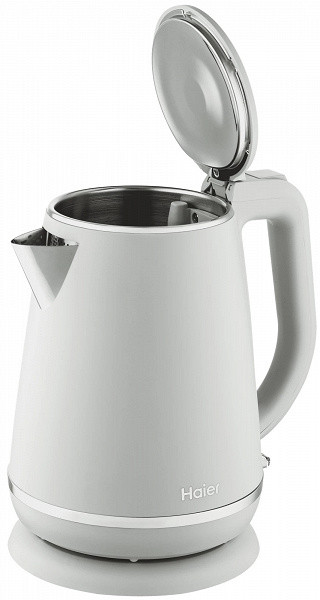
A kettle can be beautiful and functional, but at the same time inconvenient and potentially unsafe to use if the shape of its spout does not allow you to pour boiling water into a cup or teapot without splashes and spills. This problem occurs more often than we would like. From testing experience, personal experience and customer reviews, it follows that most often water flows past when using kettles with short, too wide or strongly curved spouts when filling with water to the maximum level. If the spout recess is too round without sufficient recess, the water is pouring too widely. The least problems with spilling occur in teapots with classic spouts that are not too curved down or slightly inclined.

Choose a kettle without a water level scale or with a scale that is too narrow
This aspect also concerns ergonomics, but it is worth highlighting separately. The water level is best visible in glass teapots; others require a scale. It is not always provided, especially in thermos kettles with double walls. Sometimes it may seem that the absence of a scale or its inaccessibility is not a big deal, but in practice it is really inconvenient for everyday use.
***
There is no need to strive for the most modern and feature-rich kettle. The most important thing is to choose a convenient and reliable device that will serve you safely throughout its entire service life.
